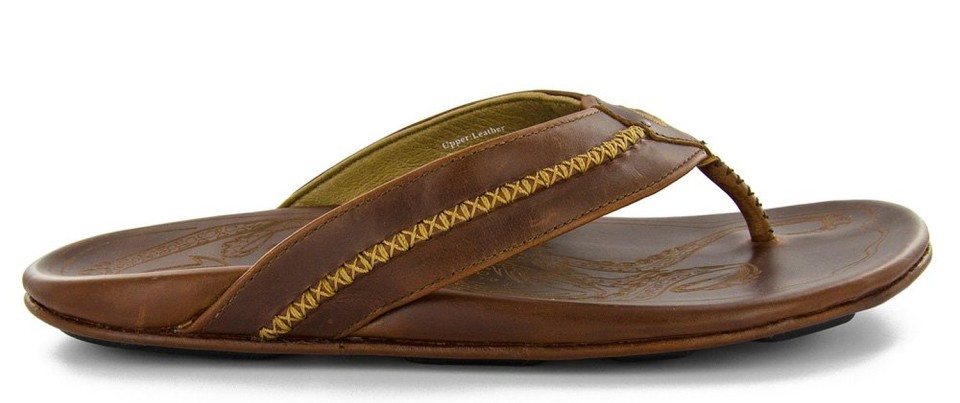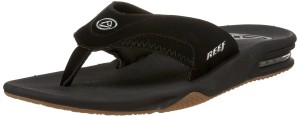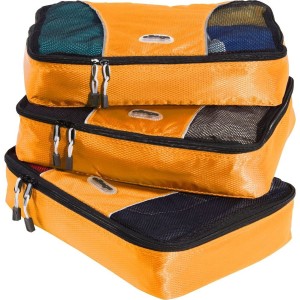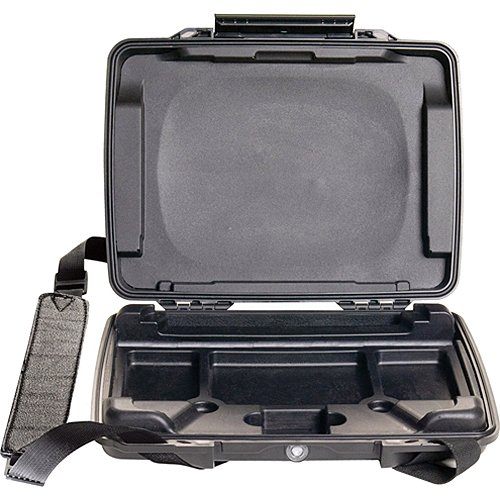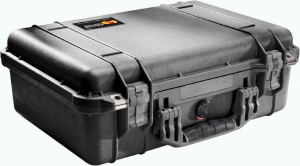When we started planning this trip, we asked ourselves what we would need to bring with us. It can be daunting to try to imagine everything you’ll need on the road for the next 18 months.
We went to Overland Expo in 2012 and 2013 (it’s held in Flagstaff, Arizona every May), and found that other travelers had lots of advice to give. The Hackney’s were on a panel and advised everyone that all they needed to bring was “a passport and a smile.” This advice seems to conflict with their own packing list which includes hundreds of items! On the other hand, Life Remotely has a great packing list on their blog, and there are even threads over at Expedition Portal that dive into this topic.
Instead of giving a complete packing list (maybe we’ll get to that at some point), what I’d like to do is focus on some of the items that we brought along with us that we use the most.
So, in no particular order, here is our top-5 most-used pieces of gear on the trip:
1) Hydro Flasks
We were introduced to Hydroflask at Overland Expo 2012. A hydro flask is a vacuum-sealed water bottle. The amazing thing about vacuum-sealed water bottles is that they are incredibly good at keeping hot things hot and cold things cold (heat can’t travel through a vacuum). In addition, the water bottles are very light!
Hydroflasks are great for hiking, keep drinks cold in a hot car (or on a hot day), and it’s something we use every single day.
We bought 2 hydroflasks at Overland Expo and quickly expanded our collection to include more sizes. We now have 6 total hydro flasks, 2 40-oz bottles, 1 24-oz bottle, 1 21-oz bottle and 2 18-oz bottles.
You can check out Hydroflasks here on Amazon:
2) Spot Messenger
We don’t have any sort of cellular plans, and in addition, a lot of the areas we are traveling to just don’t have cell service. So, how do you stay in touch with loved ones, at least to let them know that are are alive and OK?
We’ve been using a Spot 3 Satellite Messenger. Here’s how it works. You turn the unit on, and you basically have 4 buttons you can push:
- OK: If you push this button, it will get your current location (using GPS) and will send an e-mail to a list of people (you can customize the e-mail and receivers through the spot web page) letting them know that you are OK.
- Custom Message: If you push this button, it is similar to the “OK” button, only you can customize it with a different message. Our custom message through Mexico was, “we just found an amazing taco stand!” We’ve got to update that now that we’re in Central America.
- S.O.S.: If you are in an emergency (life threatening) situation, you push this button. The GEOS International Emergency Response Center is notified of your location and forwards on the emergency to the appropriate agency.
- Help: If you are in a non-life-threatening situation, you hit this button, and your personal contacts are notified. Our message says something like, “Contact the nearest US consulate!”
In addition, there is a tracking feature (costs more money) which can track your position and report it nearly real-time to your contacts.
Finally, Spot offers a couple of insurance policies that are very cheap. One insurance policy will cover emergency evacuation around the world, and another will cover medical evacuation around the world. We opted for both of these policies.
There are other satellite communication devices we considered before settling on the Spot. The Spot Connect allows you to send text messages with your smart phone. The Delorme devices are worth considering as well (Desk to Glory has a Delorme); they include maps and work similarly to Spot Connect in that you can send text messages with your phone (not just pre-canned messages, like you can with the Spot Messenger).
3) Olu Kai Flip Flops
These are some expensive flip flops, but they are also the best I have ever owned. Erica has a pair of the women’s and loves them as well.
First off, these are leather flip flops. They take a couple days to break in before they feel like they were made just for your feet. Don’t go walking for miles in them the first day you have them; break them in.
Second, since they are leather, my feet don’t get dry and cracked like they do with plastic or rubber flip flops. On the negative side, leather flip flops don’t like to get wet. So you’ll probably need another cheap pair for days at the beach or on the river (or, Olu Kai makes some awesome flip flops that aren’t leather).
Finally, the Olu Kai flip flops have great soles and good support. I’ve taken these flip flops on 10+ mile hikes and haven’t had any issues at all. My first pair of these flip flops are finally falling apart, after 2 years of constant use (and putting them through all sorts of water — fresh and salt). I’d by them again in a heart beat!
Here’s a link to the pair that I’ve been using.
4) E-Bags
Ever been on a trip with a perfectly-packed suit case and couldn’t fit everything in when you finally needed to return home? Erica is the type of packer who is meticulous and careful, folding each piece of clothing perfectly, so the space is utilized in the most efficient manner. As you can imagine, we have always had trouble packing our suitcases for that return trip!
We wanted to figure out a way around this for our trip down the Pan-Am. Luckily, we ran into e-Bags, small sub-pack bags that help keep your things organized after you take them out of the suit case. And in the case of the XPCamper, they help keep our storage areas tidy and make it easy to remove something without messing all the other stuff up!
e-Bags come in many sizes and colors; we have a huge assortment of nearly every size and every color. Here are links to the Large e-Bags, Medium e-Bags, Small e-Bags and Slim e-Bags.
Note: there is no reason to just limit yourself to clothes. These work well for other items as well: batteries, flash lights, kitchen utensils, etc.
5) Pelican iPad and Camera Cases
Ever had a fragile, non-water proof item that you really needed to take care of? Maybe you’ve been looking for a case to handle these types of items while you travelled but haven’t found it.
When Erica and I floated down the grand canyon, I needed a case that was 100% water proof to handle the fragile camera and lenses through the insane rapids. After a lot of searching, I finally ran into Pelican cases. These cases are amazing! I started with a Pelican 1500 case for my trip down the grand canyon, and it performed perfectly.
For this trip, we bought a new pelican case for our iPad (it can also hold a small apple keyboard). We are also still using that 1500 case for camera lenses and other fragile electronics. If you need an industrial strength case, I suggest you check out Pelican Cases!
















